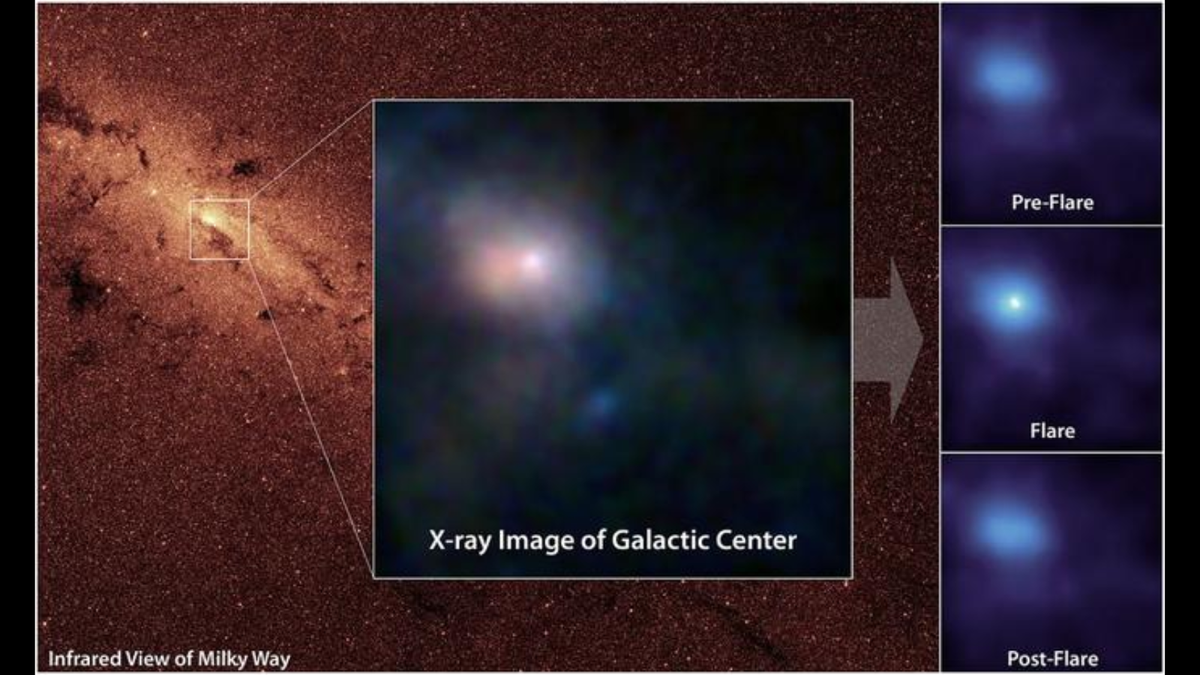In fact, it’s not a deal. At all. Stock splits sound great. After all, shareholders will get nine additional shares for every one they already own. However, when you evaluate your holdings in your portfolio, those extra shares don’t change anything. Whether you have 10 shares at $120 each or one share at $1,200, the value remains the same.
Psychologically, people like to own more shares of a quality company—that’s the attraction. A lower price misleads people to assume they are getting better value when in fact they’re not.
In my column this month, I’ll explain the buzz around Nvidia, its stock split and what I think Canadian investors could focus on.
What is Nvidia? Why should investors care?
U.S.-based Nvidia has been around since 1993. At that time, it was focused on developing 3D graphics for the gaming and multimedia markets. Six years later, it invented the graphics processing unit (GPU), a game changer for computers, excuse the pun. Nvidia entered the world of AI in 2012, and today it engineers the most advanced semiconductor chips, systems and software for companies that want to integrate AI into operations. More companies are doing just that, as they aim to reap the benefits of the generative AI boom.
The result: Nvidia continues to set earnings record after earnings record each quarter. In 2023, its stock price surged more than 230%. So far this year, its shares are up about 140%. In a growing list of major milestones, the tech company just briefly became the world’s second-largest company by market capitalization after Microsoft. It is now worth more than $3 trillion.
What’s a stock split?
A stock split is a corporate action that divides existing shares, creating more shares but with no increase in total value. For instance, if you buy 100 shares of a $50 stock for $5,000 and the stock is split two-for-one, you will now own 200 shares, each trading for $25, for a total value of $5,000. Stock splits make stocks more affordable by lowering the minimum investment.
Read more in the MoneySense glossary: “What is a stock split?”
What does Nvidia’s 10-for-1 stock split mean?
First, a stock split occurs when a company increases the number of its shares to boost liquidity and make its shares more affordable for investors. As I noted above, while there may be more shares available, the underlying value of those shares does not change. Net-net, you are no further ahead after a stock split. Yet, some individual investors tend to gravitate toward companies doing stock splits, especially high-profile companies such as Nvidia.
If you’re limited on cash, this is an opportunity to buy Nvidia at $120 a share instead of the $1,200 pre-split price, which means you can afford to buy more shares. But it’s not presenting a new buying opportunity, because opportunity is based on valuation.
People get confused because they see the cheaper price, but the stock isn’t cheaper—its valuation didn’t change. At the time of writing, Nvidia was trading at 42 times forward earnings—the second-highest of the Magnificent 7 tech stocks, according to The Globe and Mail.
















.jpg?itok=F2C4uk0x)



Discussion about this post